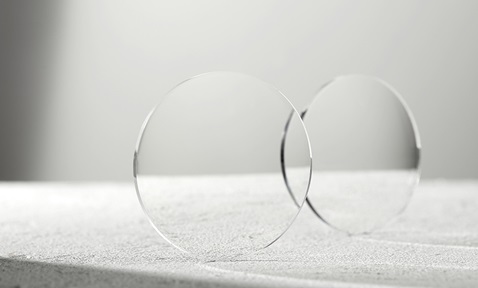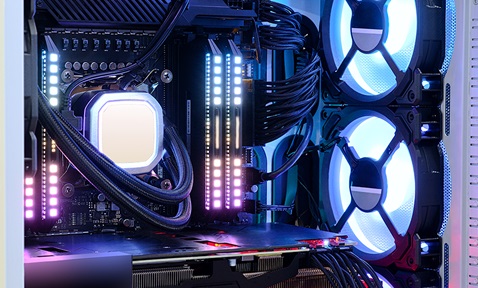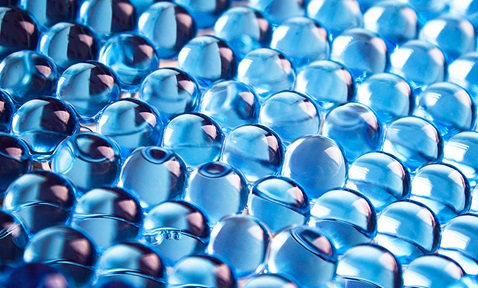
Quorum Quenching for Fouling Control in Membrane Bioreactors
Synopsis
Membrane bioreactors (MBR) are efficient for wastewater treatment but face significant membrane fouling issues. Alginate-powder activated carbon-quorum quenching (APQ) beads mitigate fouling by controlling cell communication. Features include reduced fouling, improved sludge, and long storage life. It can be added directly to MBR, and reactivated after used. This technology package helps MBR providers to be more competitive and lowers operational costs for end-users.
Opportunity
MBRs are widely used in full-scale plants for wastewater treatment and water reclamation due to their highly compact design, treatment efficiency, low sludge production, and excellent effluent quality. However, membrane fouling remains as a bottleneck for MBR operation, accounting for around 60% of the overall operational cost, as it severely reduces flux and increases operating and maintenance costs. This technology utilises APQ beads to significantly slow down the membrane biofouling rate. This prolongs the membrane’s lifetime and reduces operational cost. The technology package includes production, storage, reactivation, recovery, and reuse methods of APQ beads. MBR technology providers can benefit from this technology to improve the competitiveness of their MBR process while end users can save on overall operational cost.
Technology
This technology is based on embedding quorum quenching bacteria into APQ beads to control cell-to-cell communication signals, thereby slowing biofilm development on the membrane. Key features include:
- APQ beads effectively control membrane fouling and improve sludge properties.
- APQ beads can be stored for more than 12 months without activity loss.
- APQ beads can be directly applied to existing MBR systems.
- MBR fouling rate can be reduced by five times,
- Used beads can be reactivated and reproduced.
Applications & Advantages
The technology can be utilised for installed MBRs, in water reclamation plants and for MBR technology suppliers.
Advantages:
- Treats diverse types of wastewater and waste streams.
- Significantly slows down the rate of membrane fouling.
- Reduces overall operational costs, chemical consumption and the frequency of membrane replacement.














/enri-thumbnails/careeropportunities1f0caf1c-a12d-479c-be7c-3c04e085c617.tmb-mega-menu.jpg?Culture=en&sfvrsn=d7261e3b_1)

/cradle-thumbnails/research-capabilities1516d0ba63aa44f0b4ee77a8c05263b2.tmb-mega-menu.jpg?Culture=en&sfvrsn=1bc94f8_1)

7e6fdc03-9018-4d08-9a98-8a21acbc37ba.tmb-mega-menu.jpg?Culture=en&sfvrsn=7deaf618_1)


.tmb-listing.jpg?Culture=en&sfvrsn=b5366f51_1)











